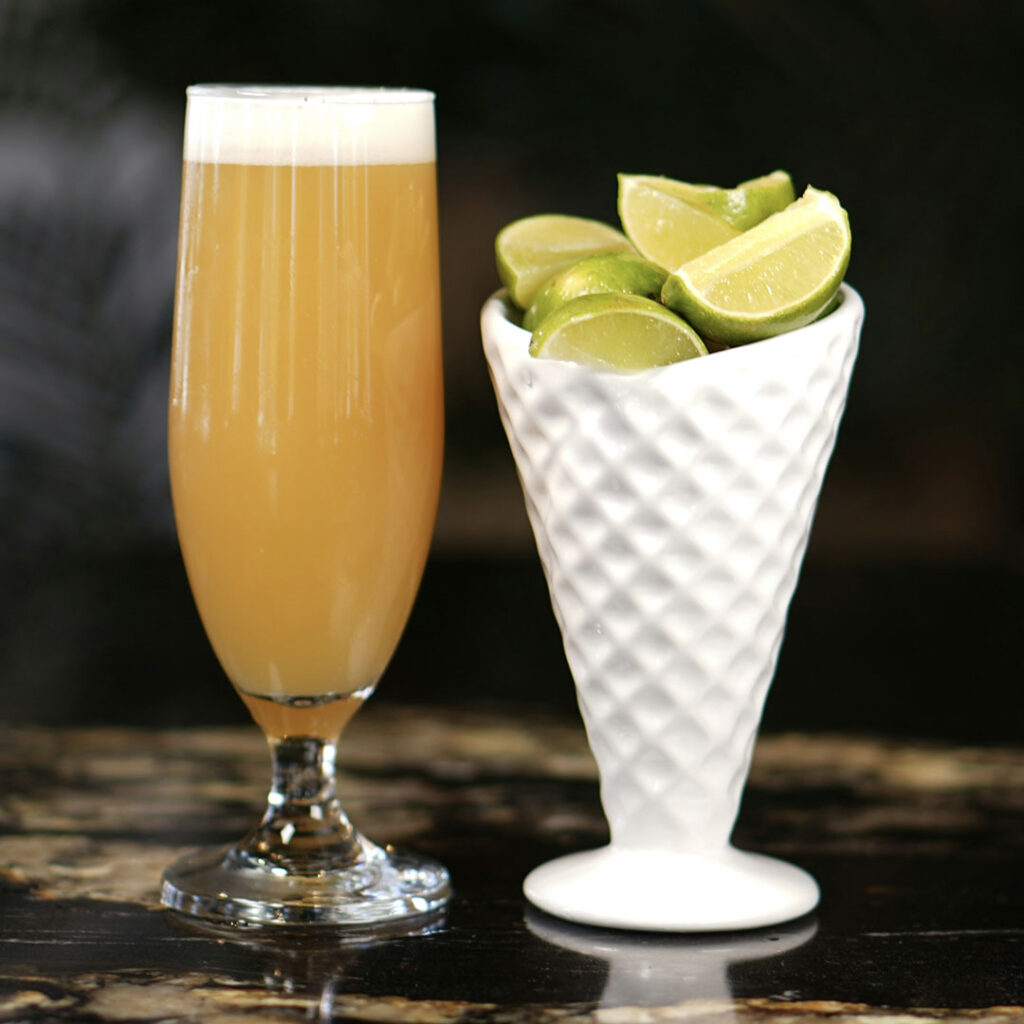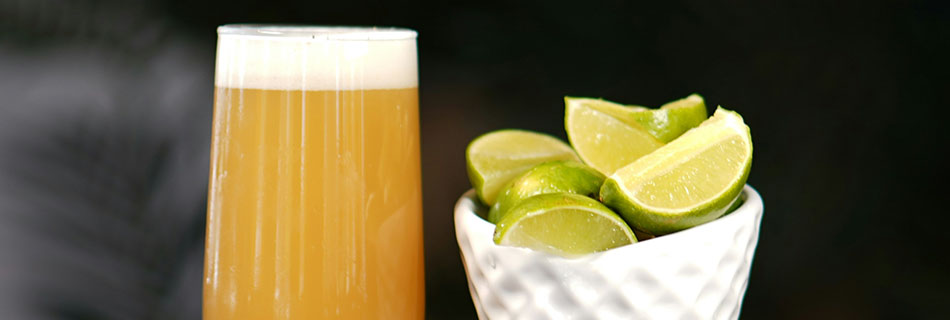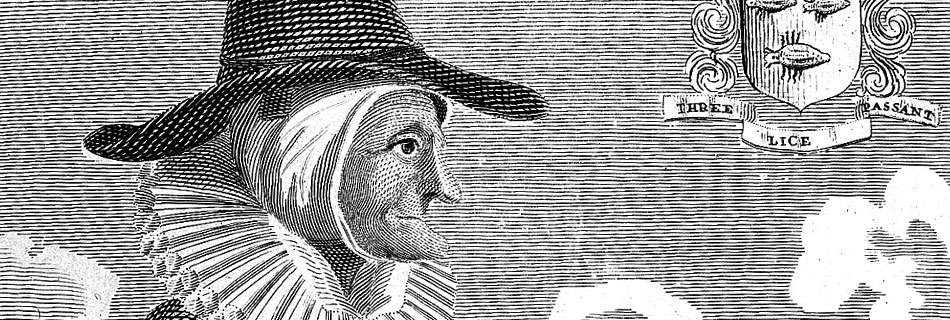In recent years, sour beers have gained immense popularity among beer lovers. However, these aren’t just beers with accidental acidity caused by brewing or packaging mistakes. Instead, they showcase carefully crafted tartness, a flavour that was once widespread in beer history.

Before the late 19th century, most beers in Europe had a sour edge. At that time, brewers didn’t understand acid-producing bacteria and fungi. As a result, they had no idea why their beers developed tart flavours.
Over time, scientific breakthroughs such as pasteurisation and sterilisation transformed brewing. Thanks to these advancements, breweries can now fully control fermentation. As a result, brewers can intentionally craft sour beers using precise methods and selected microorganisms.
What makes a beer sour?
In short, bacteria and wild yeast. Unlike traditional beers, sour beers don’t rely on hops for bitterness. Instead, brewers use aged hops primarily for preservation.
Wild yeast
One of the most well-known wild yeast strains is Brettanomyces (Brett), first discovered on fruit skins. Often, brewers combine Brett with ale or lager yeast. Since Brett breaks down complex sugar chains that normal yeast cannot, it produces unique esters and phenols.
However, if brewers don’t control conditions properly, Brett can spoil beer with harsh medicinal, barnyard, or even smoked ham flavours. On the other hand, under strict hygiene and controlled temperatures, it creates complex fruity and funky notes.
Bacteria
Sour beers also contain Lactobacillus or Pediococcus, both commonly found in yoghurt and fermented foods.
- Lactobacillus converts sugars into lactic acid, creating smooth tartness.
- Pediococcus works without oxygen, deepening the sourness over time.
Because bacteria affect acidity levels, brewers must carefully select strains, monitor temperatures, and adjust pH levels. Otherwise, unwanted harsh sourness can dominate the flavour., monitor temperatures, and adjust pH levels to develop balanced acidity. Without careful control, unwanted harsh sourness can dominate.
Popular sour beer styles
Since sour brewing relies partly on natural processes, every batch develops unique flavours. While some styles focus on wild yeast, others use lactic bacteria—or a combination of both! Here are some of the most well-known sour beer styles.
American Wild Ale
As the name suggests, American Wild Ale is brewed in the United States. Because it is fermented with Brettanomyces, it develops funky, earthy, and fruity flavours similar to Belgian sour beers.
Berliner Weisse
This hazy white beer from Berlin is highly acidic due to Lactobacillus fermentation. Since it has just 3-3.5% ABV, it’s light, tart, and refreshingly carbonated. In Germany, people sometimes drink it with a splash of fruit syrup to balance the sourness.
Brett Beer
Brewed with a mix of ale yeast and Brettanomyces, this beer develops complex flavours over time. Depending on the malt-hop balance, ageing conditions, and yeast strains, the final beer can be fruity, earthy, or musty.
Flanders Red Ale
This deep red beer from West Flanders, Belgium, resembles wine in complexity. Brewers start fermentation with standard yeast, but then comes the magic: the beer ages in oak barrels for 1-3 years. Since barrel-ageing introduces lactic bacteria and wild yeast, it produces tartness, tannins, and fruit-forward flavours. To balance acidity, breweries often blend it with younger beer.
Flanders Oud Bruin
Although similar to Flanders Red, this beer is darker, maltier, and less acidic. Instead of oak barrels, brewers age it in steel casks for at least a year. As a result, it develops a mix of dark fruit, caramel, and nutty notes.
Gose
This historic German style, originating from Goslar, combines Lactobacillus fermentation with sea salt. Originally, brewers used spontaneous fermentation, but today’s versions rely on controlled yeast strains. Since WWII nearly wiped out the style, the craft beer industry thankfully brought it back.
Lambic
When it comes to wild fermentation, Lambic is in a league of its own. First brewed in Belgium during the 13th century, it remains one of the world’s oldest beer styles.
Unlike most beers, Lambic ferments with wild yeast from the open air. In fact, brewers in the Zenne Valley near Brussels rely on more than 80 different native microbes to create its unique character. Because of this, the beer must be brewed in the winter and then aged in oak barrels for at least a year.
- Gueuze – a blend of young and aged Lambic, creating a sparkling, tart beer.
- Kriek – fermented with sour cherries.
- Framboise – brewed with raspberries.
A timeless brewing tradition
Clearly, sour beer is both an ancient tradition and a modern craft. With today’s knowledge, brewers can create these complex flavours with precision while still embracing the unpredictable nature of wild fermentation. Whether funky, tart, or intensely sour, each sip tells a story of innovation and tradition.
Most recent blogs
- Sales Representative vacancy NE / BEYou drive commercial growth, focus on customers, and always look for new opportunities. At The Swaen – a leading malthouse with customers worldwide – you’ll have the opportunity to contribute …
- From goddesses to witches – the erasure of women in brewingFor centuries, women in brewing defined how beer was made, sold, and shared. Men then erased their role and seized control. From sacred goddesses to mocked witches, women’s brewing history …
Read more “From goddesses to witches – the erasure of women in brewing”
- The Code of Hammurabi – ancient laws, beer, and everyday lifeWhen we think of laws, we often imagine modern courts, lawyers, and written codes. But the roots of legal systems go back thousands of years. One of the earliest and …
Read more “The Code of Hammurabi – ancient laws, beer, and everyday life”





